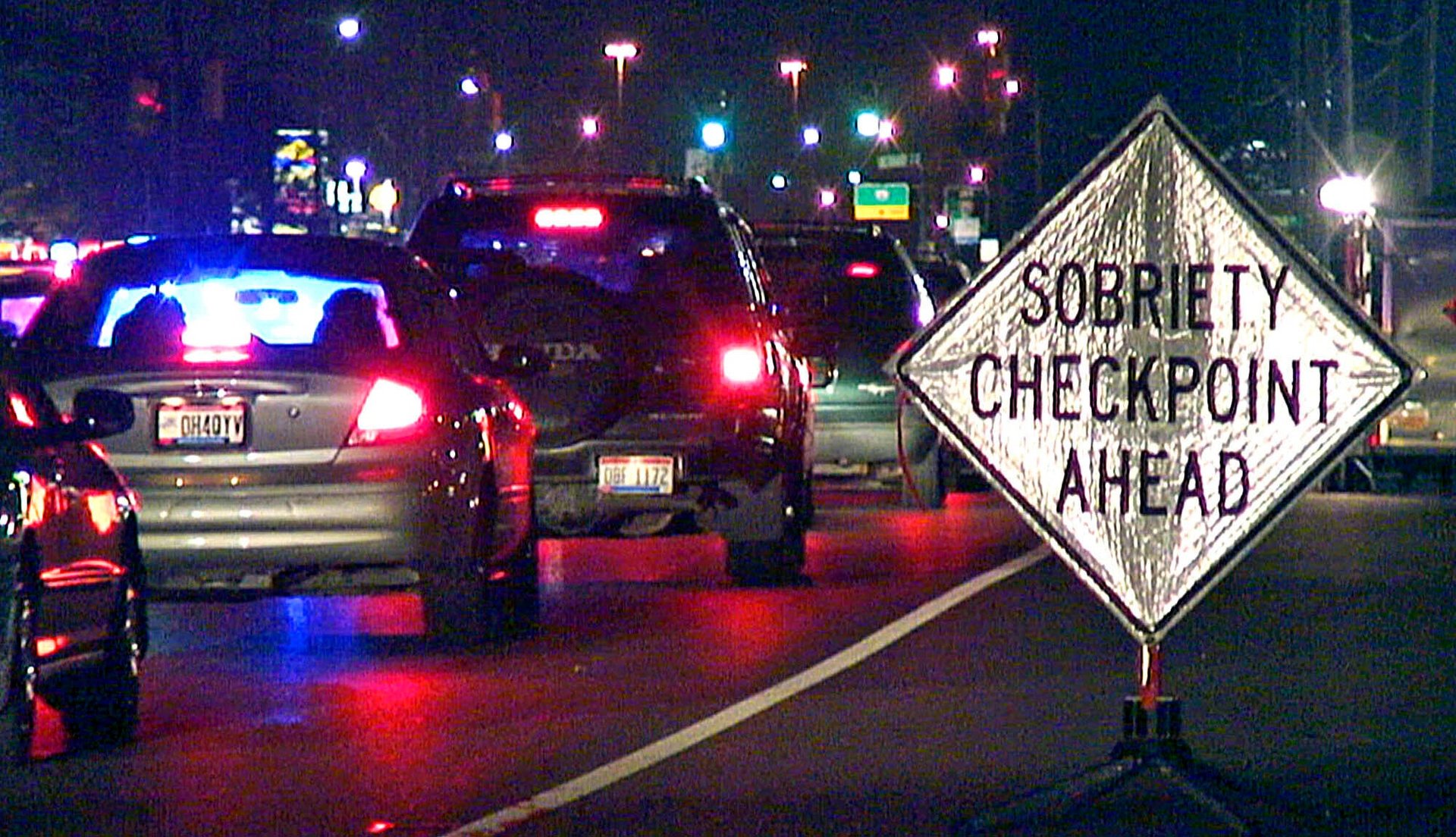US agency takes first step toward requiring new vehicles to prevent drunk or impaired driving
U.S. auto safety regulators say they have taken the first step toward requiring devices in vehicles that prevent drunk or impaired driving

DETROIT (AP) — U.S. auto safety regulators say they have taken the first step toward requiring devices in vehicles that prevent drunk or impaired driving.
Suggested Reading
The National Highway Traffic Safety Administration announced on Tuesday that it is starting the process to put a new federal safety standard in place requiring the technology in all new passenger vehicles.
Related Content
Such devices were required in the Bipartisan Infrastructure Law that was passed by Congress in 2021.
The agency says an advance notice of proposed rule making will help it gather information about the state of technology to detect impaired driving. The regulation would set standards for the devices once technology is mature, NHTSA said in a statement.
It can take years for a regulation to make its way through the process, which includes public comment periods.
In 2021, the latest year for which statistics are available, nearly 13,400 people were killed in drunken driving crashes, costing society $280 billion in medical expenses, lost wages and loss of quality of life, the statement said.
Alcohol-impaired crash deaths hit nearly a 15-year high in December of 2021 with more than 1,000 people dying.
“It's going to keep drunk drivers off the road and we're going to keep people from dying because somebody's drunk,” U.S. Rep. Debbie Dingell, a Michigan Democrat who pushed for the regulation. “This is going to be simple technology.”
The Alliance for Automotive Innovation, an industry trade group, said in a statement that it is reviewing the NHTSA announcement and that automakers are working to make vehicles safer.
In 2022, the National Transportation Safety Board recommended to NHTSA that all new vehicles in the U.S. be equipped with alcohol monitoring systems that can stop an intoxicated person from driving.
NHTSA and a group of 16 automakers have been jointly funding research on alcohol monitoring, forming a group called Driver Alcohol Detection System for Safety.
The group is researching technology that would automatically test a driver’s breath for alcohol and stop a vehicle from moving if the driver is impaired. The driver wouldn’t have to blow into a tube, and a sensor would check the driver’s breath.
Another company is working on light technology that could test for blood alcohol in a person’s finger, the group has said.
NHTSA and law enforcement agencies on Tuesday announced their annual “Drive Sober or Get Pulled Over” enforcement campaign for the holiday season. Increased enforcement will run from Dec. 13 through Jan. 1.